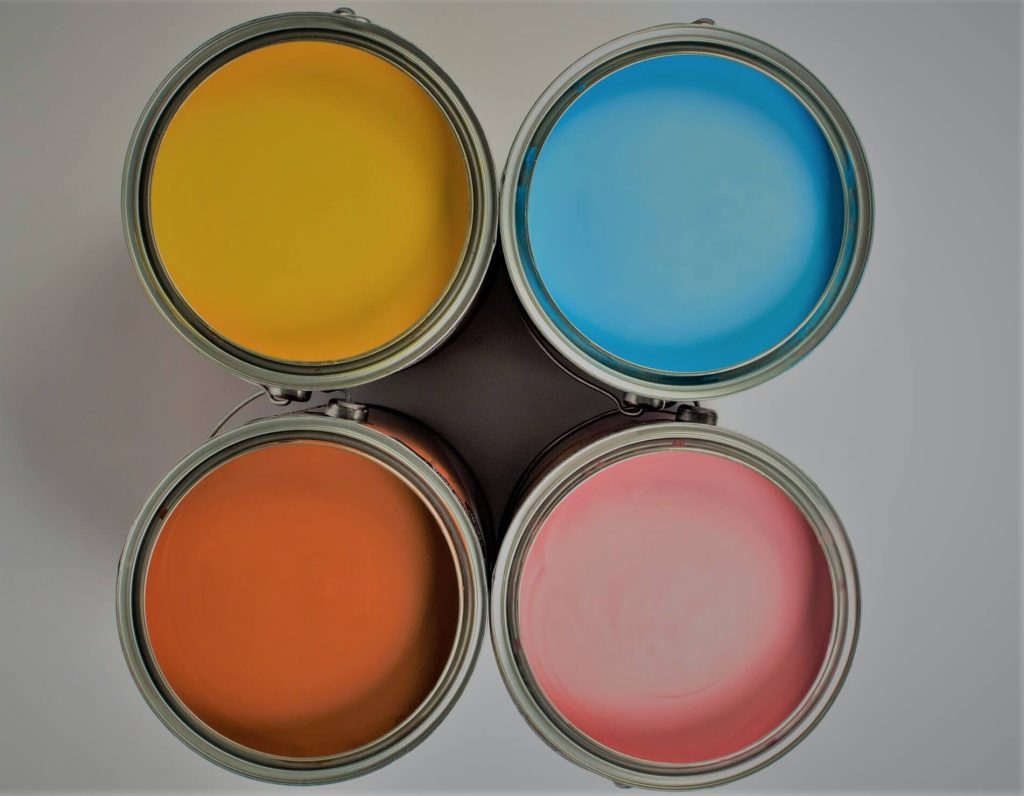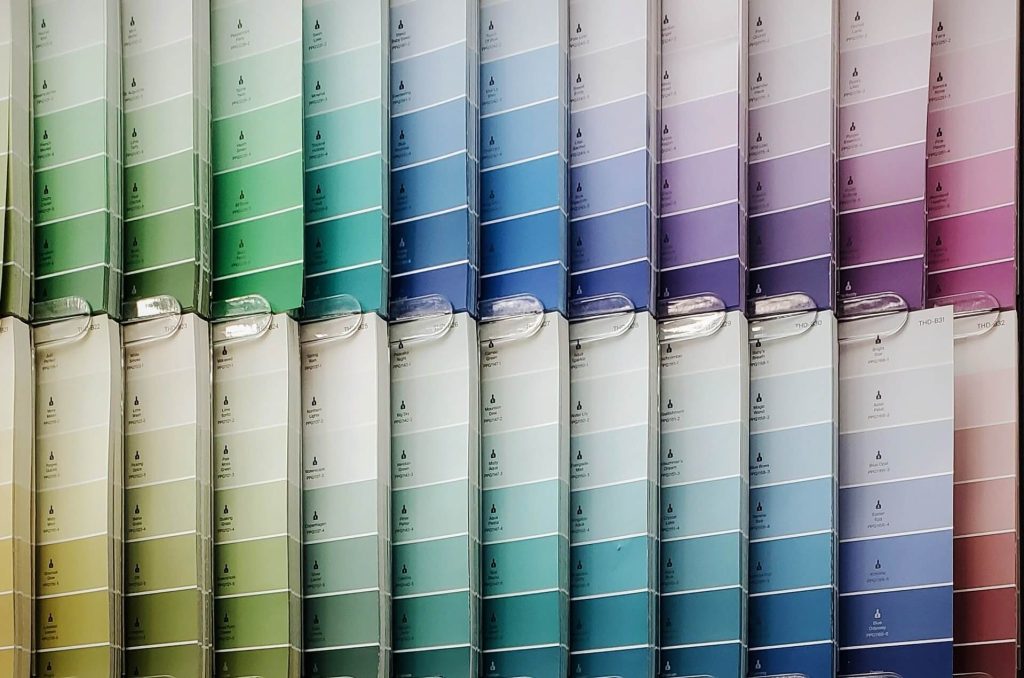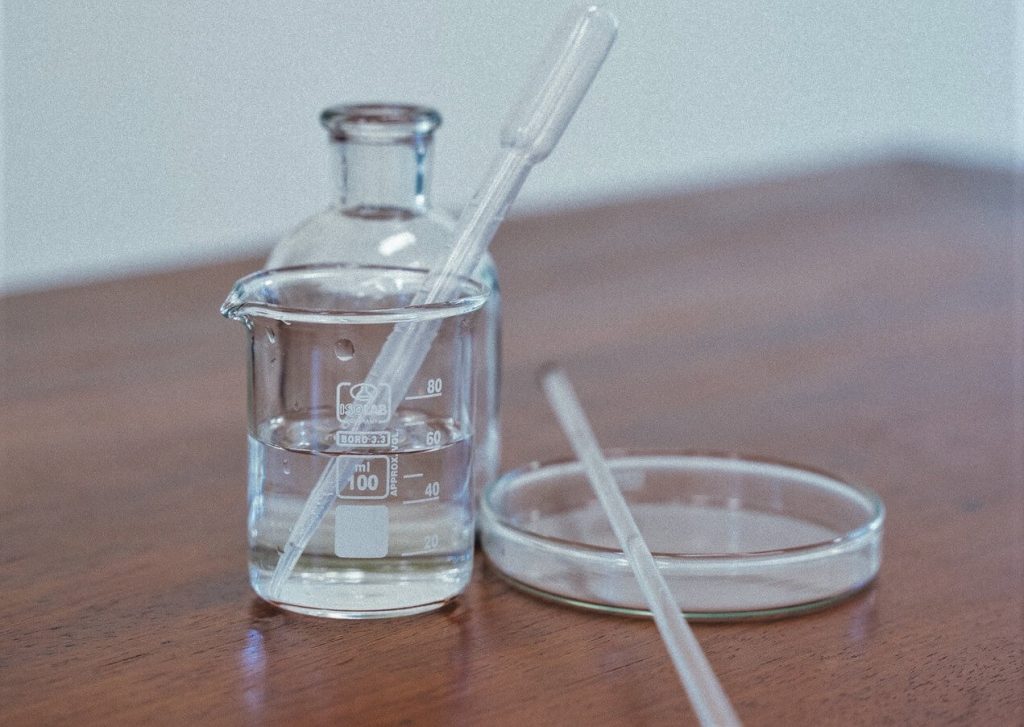I previously gave a brief introduction to household paint in my post titled “Paint: A Primer.” Today, I want to take a peek behind the curtain at household paint and touch on the issue of price to quality.
Painting is one of the most cost-effective ways to freshen up a room. Even so, homeowners are often faced with a dizzying array of options.
As if choosing the right color wasn’t hard enough, paint makers always have what seems like a bottomless catalogue of paint lines and formulas. It’s no wonder that choosing interior paint causes so much anxiety! The decision paralysis is real.
Of course, I offer color and paint consultations as an à la carte service for those who don’t want the hassle. But some people are stubbornly DIY. If that is you, read on to learn why paying more for paint is actually a good thing.
The Formula
All paint, whether oil- or water-based, is made up of two main things: liquids and solids. The amount of liquids to solids will generally determine things like sheen and coverage. For example, matte finishes will have a higher percentage of solids in the paint than the same formula in a gloss finish. A higher percentage of solids will also generally mean better coverage.
These solids are dissolved into a liquid called a “vehicle,” or solvent. This solvent disperses the solid particles around in the solution, in the same way that a powdered drink would be mixed into and suspended in water.
Almost all household paint is made up of four general components:
- Solvent – For latex paints (aka “acrylic paints”), water is used as the solvent. Turpentine is traditionally used for oil-based paint, although other organic solvents can be used.
- Pigment – Pigment is used as the coloring agent for paint, but dyes can be used as well. Pigments can be natural, such as ochre, or synthetic and are usually ground into a very fine powder.
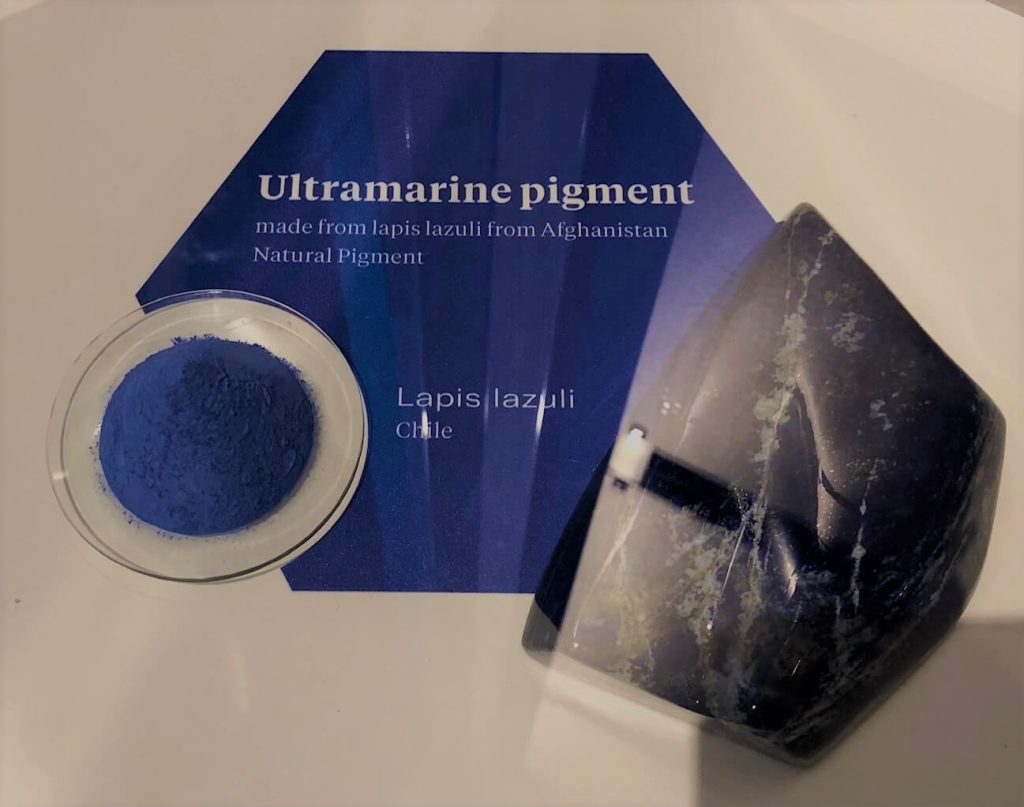
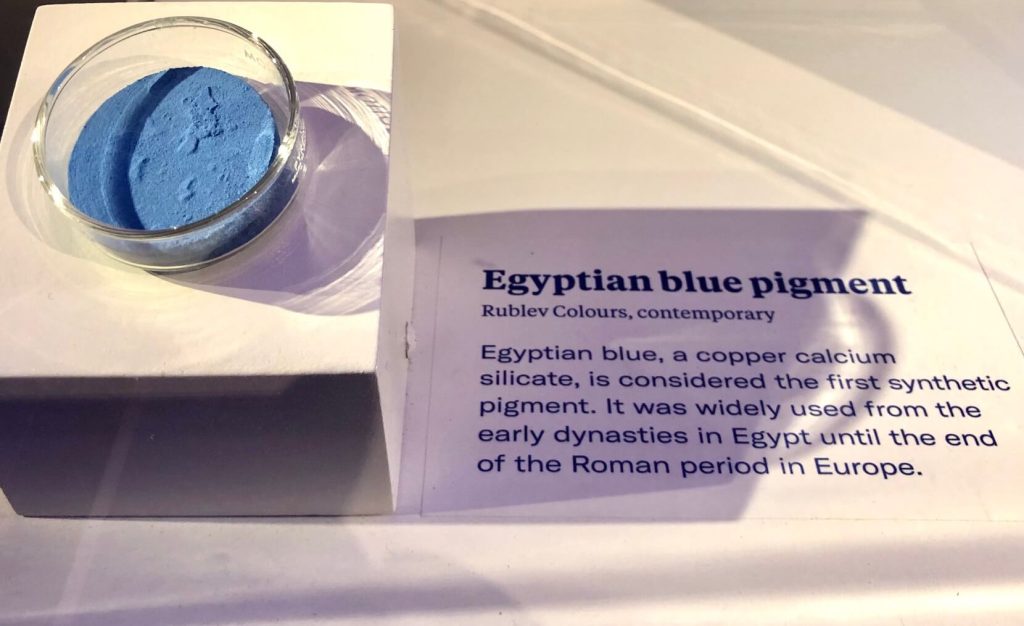
- Binder – Pigments alone are not sticky enough to stay on a surface. Therefore, binders are used. These are the “glue” that hold the pigments to a surface. Water-based paints use synthetic binders, usually an acrylic resin. Oil-based paints can use natural or synthetic binders. The specific binders used by each paint company can be proprietary and are not always disclosed.
- Additives – Some paint formulations include additives to give the paint some desired property. They can be factory mixed or even added at home. For example, Floetrol can be added to your latex paint to make it perform and cure more like oil paint. Sometimes, though, companies will use a filler like limestone to stretch out the solids weight volume in cheaper paints since some pigments can be very expensive.
When paint is applied to a surface (or even just left in an uncovered bucket) the solvent will evaporate into the air leaving behind the solids. These remaining solids comprise the pigments, binders, and any solid additives, and are measured as a percentage of total paint volume, called “Volume Solids.”
The percentage of volume solids will usually be provided on the label of your paint can, but it can also be obtained from the Safety Data Sheet which you should be able to get from the retailer, or directly online from the paint manufacturer.
Does the Price of Paint Matter?
In a nutshell, yes…to an extent. Household paint is one product where price does typically correlate with quality.
High-grade pigments are costly but using a higher amount of them produces stronger depth of color. Thus, high-quality paints will use greater concentrations of pigments as opposed to cheaper paints, which will have more fillers. Additionally, high-quality paints will also include additives and binders that enhance the performance and adhesion of the paint.
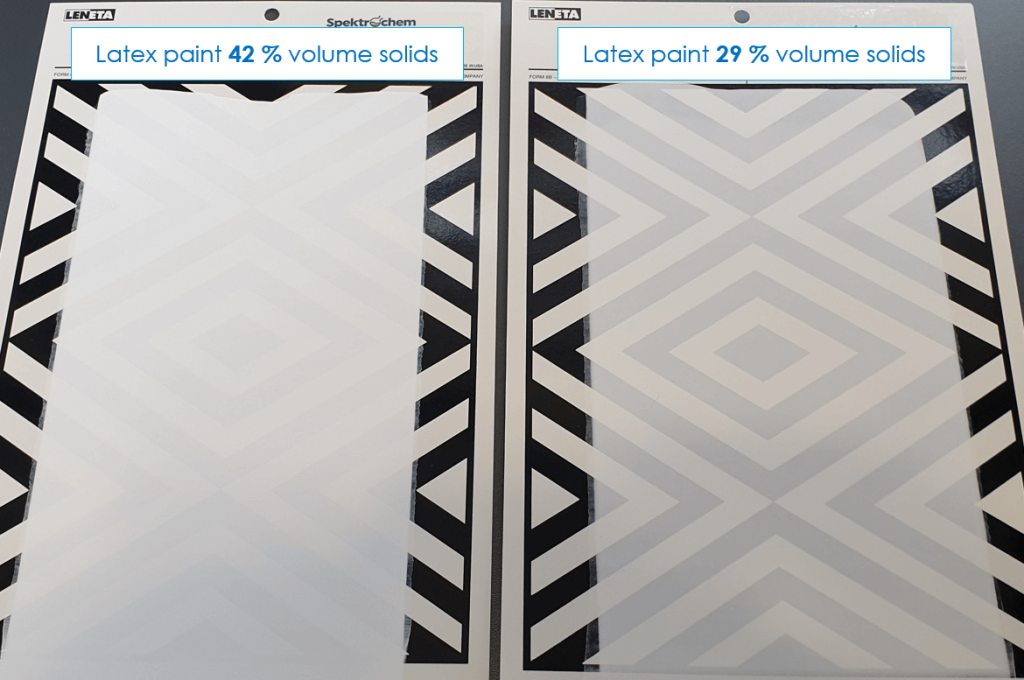
As a general rule, the higher the percentage of volume solids in a gallon of paint, the higher the price. This equates to higher quality ingredients, better coverage, less (or no) fillers, and better performance over the life of the paint on your walls. The more solids that are in the paint, the thicker the coating will be on your wall. Thicker films are less likely to scrape or chip off, and more likely to protect your walls from the intrusion of moisture in places like a bathroom.
That being said, there are some paint brands that do charge an additional premium on their paints when compared to those of similar quality at your local paint retailer. This does not necessarily mean they are better paints. Unfortunately, some of these brands are not as forthcoming with their Volume Solids data, so it is not easy to readily compare this value to other brands. Just be aware that for some paints, you are paying a “lifestyle premium.”
Happy Choosing!
So, now that you know what to look for in household paint, hopefully you will have an easier time selecting between the various paint lines within and between manufacturers. This should, I hope, reduce some of the stress.
But if you still need assistance, don’t hesitate to be in touch! And stay tuned later this month for a follow-on post on Low-VOC paint.

